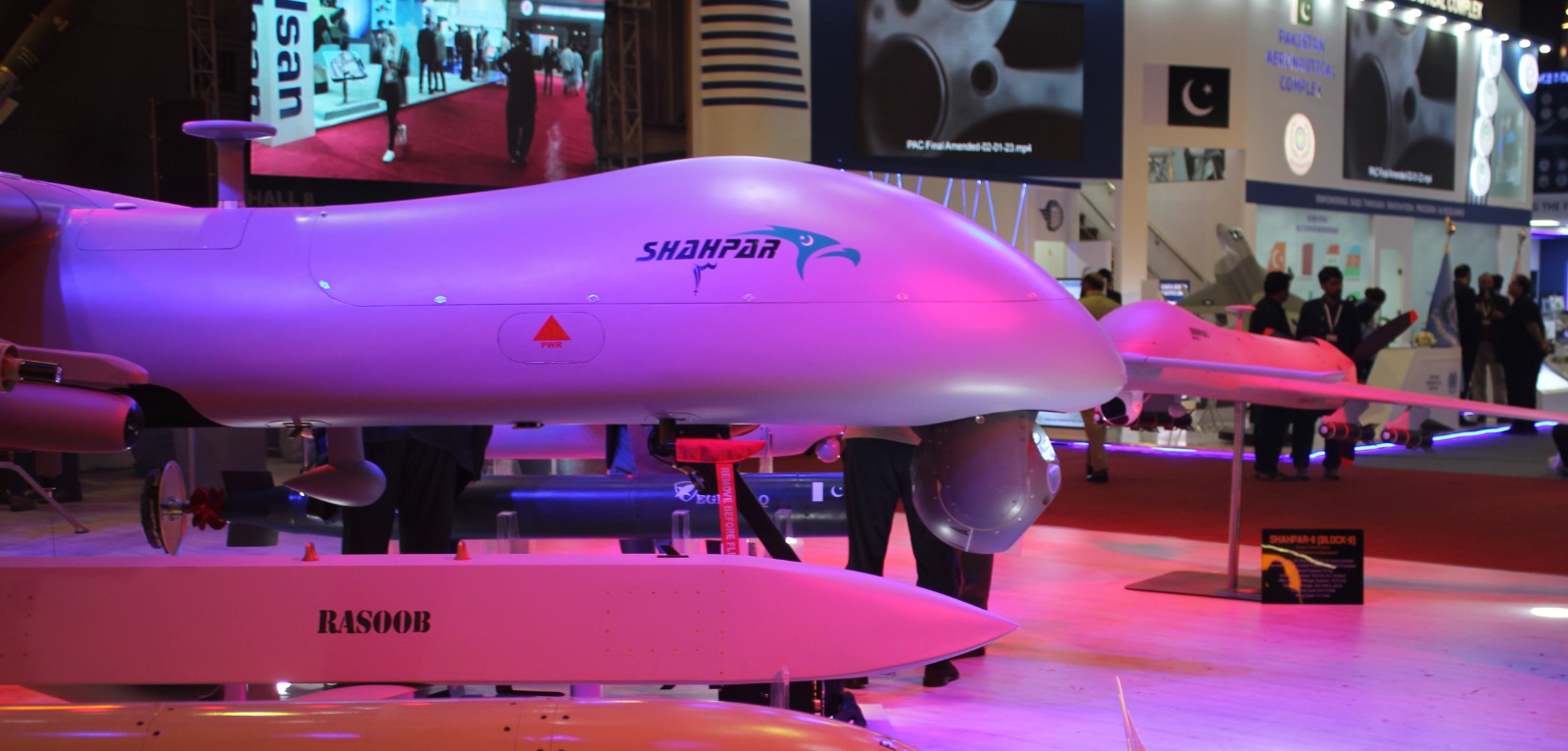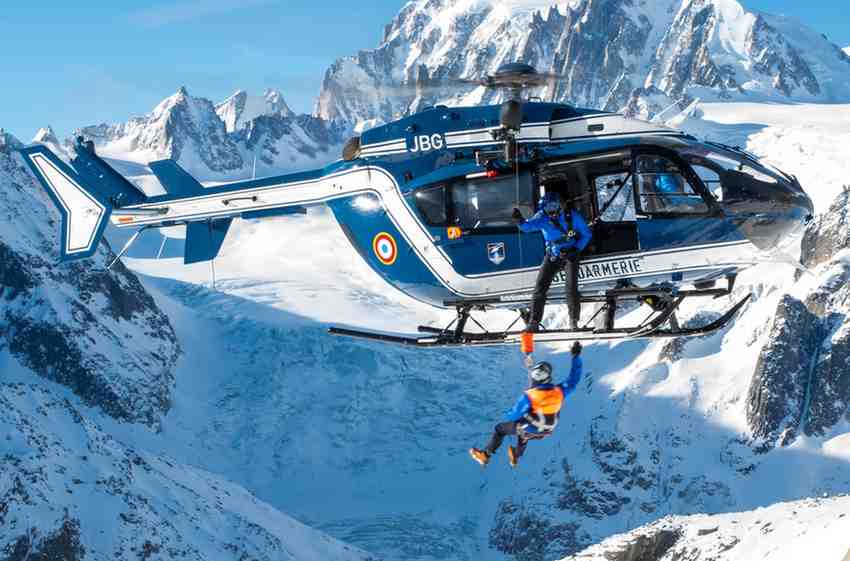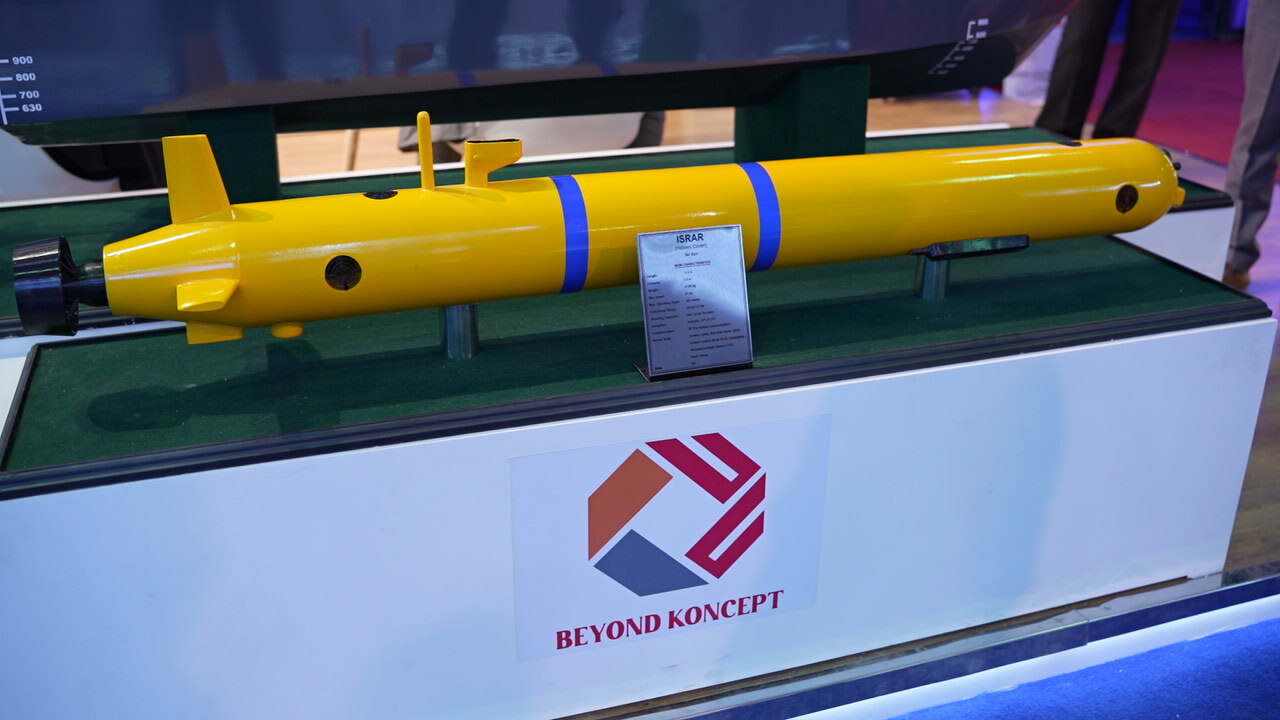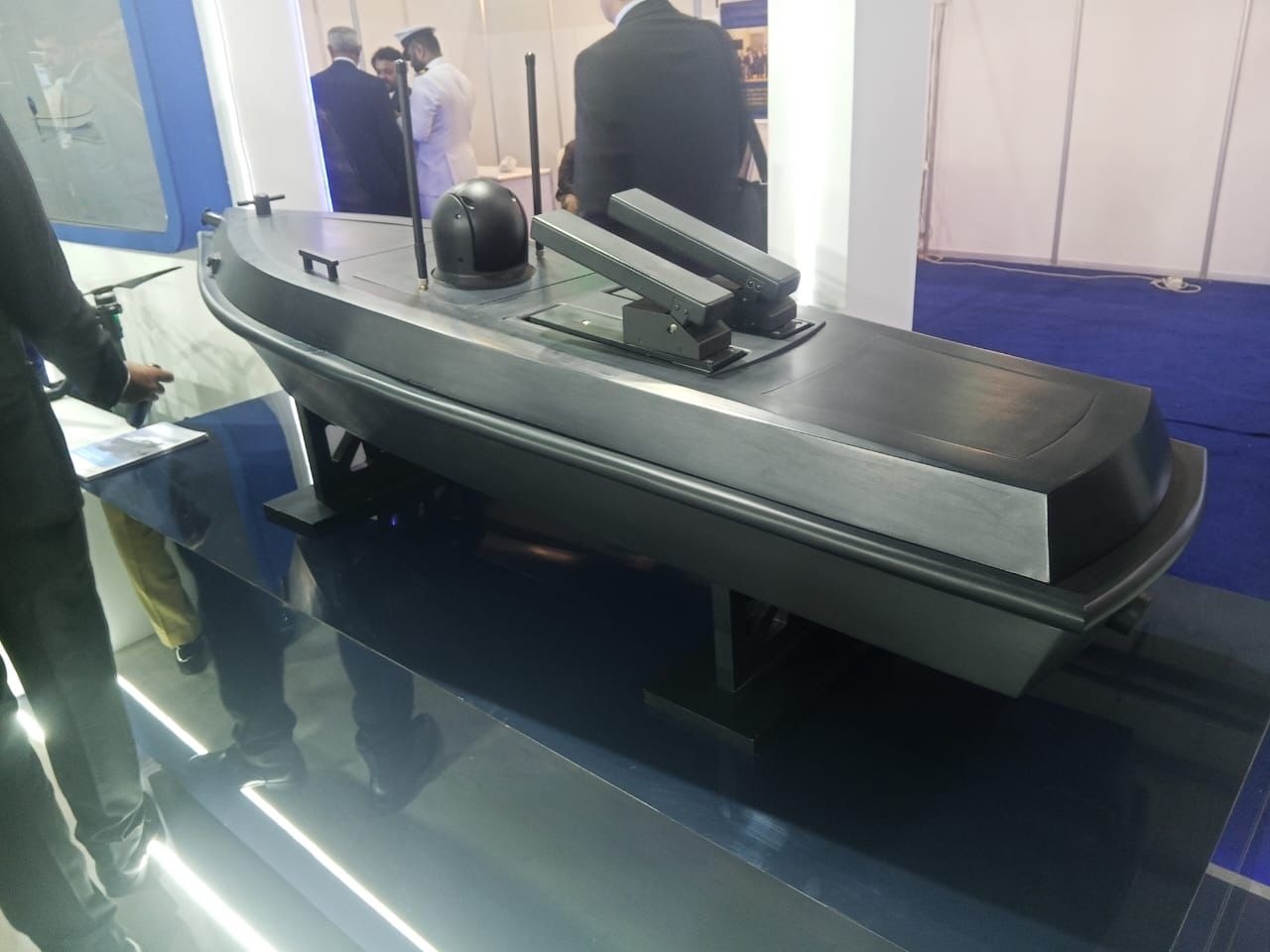“Battlefields have evolved and changed, therefore, it is necessary to take preemptive action in order to eliminate the possibility of a terrorist attack,” said President Obama. Pakistan on Tuesday afternoon, March 11, 2025 witnessed the cowardly hijacking of Jaffar Express en route Quetta to Peshawar with 440 passengers by the Balochistan Liberation Army (BLA), a terrorist group involved in terror-related attacks. The heinous act of terrorism not only risked the lives of hundreds of passengers, it also urged the government to eliminate terrorist outfits with force. Therefore, to rescue the hostages and destroy the perpetrators, the Pakistan army and other defense forces wings immediately launched the rescue operation and cleared the site by Wednesday evening. According to the ISPR statement, 21 civilians have been killed by the terrorists before the operation begins. In contrast, security forces neutralized all 33 terrorists on the scene, and 4 FC soldiers embraced martyrdom during the rescue operation.
Pakistan has been on the forefront in the war against terrorism after the 9/11 attacks in the United States, which transformed the global security landscape. For the first time in its history, Islamabad deployed the regular army in the tribal region to eradicate terrorism and establish the writ of the state while stopping the cross-border terrorist movement from Afghanistan. The country has made tremendous progress in its counter-terrorism operations, nonetheless, a resurgence in terrorist attacks, particularly in the Balochistan and Khyber Pakhtunkhwa regions, has been reported after the establishment of the Islamic Emirate of Afghanistan in August 2021. Pak Institute for Peace Studies (PIPS) noted a 119 percent increase in attacks in Balochistan, with more than 150 attacks recorded in 2024 alone and BLA becoming the most active and lethal perpetrator.
Pakistan’s anti-terror gains during its decade-long military operations are mainly due to the application of conventional counter-terror strategies, including intelligence gathering, surveillance, monitoring, preemptive strikes, and intelligence-based limited combat operations using the army, the air force, and civilian law enforcement agencies. Nonetheless, the country’s resurgence in terrorism requires fresh thinking, reorientation of military strategy, and integration of emerging technologies, especially drones and artificial intelligence.
Drones or “eyes in the sky” are the most effective counter terrorism tool available to contemporary states. The United States, as the most advanced nation with the most modern and highly trained army, has aggressively utilized drones in targeted operations against Al-Qaeda and other global terrorist organizations. For instance, in Pakistan alone drone strikes have increased from 38 in 2008 to 375 in 2014, targeting Al-Qaeda and Taliban militants, the drone campaign has been responsible for more than 2400 deaths worldwide.
The United States has been using drones for collecting intelligence and targeting the terrorists and their hideouts. The USAF testimonials indicate that around 97 percent of the time is dedicated purely to reconnaissance. Such passive aircraft contribute to the intelligence cycle through continuously and simultaneously collecting and distributing information due to their capability to observe parts of entire cities simultaneously, making them highly effective compared to human-gathered intelligence.
Pakistan has become the fourth nation to operate UAVs and UCAVs after the US, the UK, and Israel. The journey started in the late 1990s, and significant advancements were witnessed in the following years. PAF introduced the Satuma Jasoos II ‘Bravo+’ as an industry leader in 2004. Pakistan army acquired the Uqab P1 UAV, initiating the Uqab series, which later evolved into the Uqab P2 utilized by the Pakistan Navy in 2010. Recognizing the strategic significance of drones, Pakistan has made commendable progress in developing and acquiring UAVs. Pakistan’s drone fleet consists of advanced platforms like the Bayraktar TB2 and Akinci from Turkey, Wing Long II and CH-4 from China, and domestically developed systems like the Burraq and Shahpar to be used for a variety of missions including precision strikes, surveillance, and electronic warfare.
Pakistan’s counter terrorism efforts can be strengthened and augmented, if the country integrates drone technology and artificial intelligence into its operations. Drones with advanced surveillance capabilities, such as high-resolution cameras, thermal imaging, and real-time data transmission can provide unmatched situational awareness. Pakistan can deploy Burraq and Shahpar drones which are already part of its inventory. The Burraq indigenously developed armed drone, is capable of precision strikes and has been successfully used in previous counter-terrorism operations. Balochistan, an inaccessible region due to its mountainous and rugged terrain, is the perfect ground to deploy the Burraq drone to trace and destroy BLA hideouts. The Shahpar, a medium-altitude long-endurance drone, is ideal for surveillance and reconnaissance missions due to its extended flight time and advanced sensor suites with flight endurance in hilly areas like Balochistan.
AI algorithms can process the vast amount of data collected by these drones to identify patterns, detect suspicious activities, and predict potential threats. The combination of AI and drone technology allows proactive rather than reactive measures, enabling security forces to neutralize threats before they materialize. Drones like Burraq and Shahpar equipped with AI-powered software can enhance their targeting accuracy and operational efficiency. For instance, AI integration can help drones to distinguish civilians from the militants, ultimately reducing the chances of collateral damage and improving the precision of strikes. In addition, Pakistan can also employ swarm drone technology operating multiple drones in coordination for enhanced surveillance, monitoring, reconnaissance, and precision strikes, leaving no angle unattended, and reducing human personnel risk.
When compared to conventional operations, drones and AI offer several advantages. Traditional counterterrorism operations involving massive ground operations are often slow, require enormous resources, and expose troops to significant risks. In contrast, drones provide rapid deployment, real-time intelligence, and the ability to strike with precision from a safe distance. AI enhances these capabilities by automating data analysis, enabling faster decision making, and reducing human error, making it ideal for countries like Pakistan witnessing a surge in terrorist attacks. The combination of drones and AI not only increases the lethality of counter-terrorism operations but also minimizes the risks to civilians and infrastructure. By leveraging these technologies, Pakistan can address the security and terrorism threats, ensuring a more robust and effective response to terrorism in Balochistan and beyond.

Dr. Mehmood Hussain
Dr. Mehmood Hussain is Director Research at Strategic Vision Institute (SVI), Islamabad.
- This author does not have any more posts.












